'RuPaul's Drag Race' Queens Who Were Ahead of Their Time
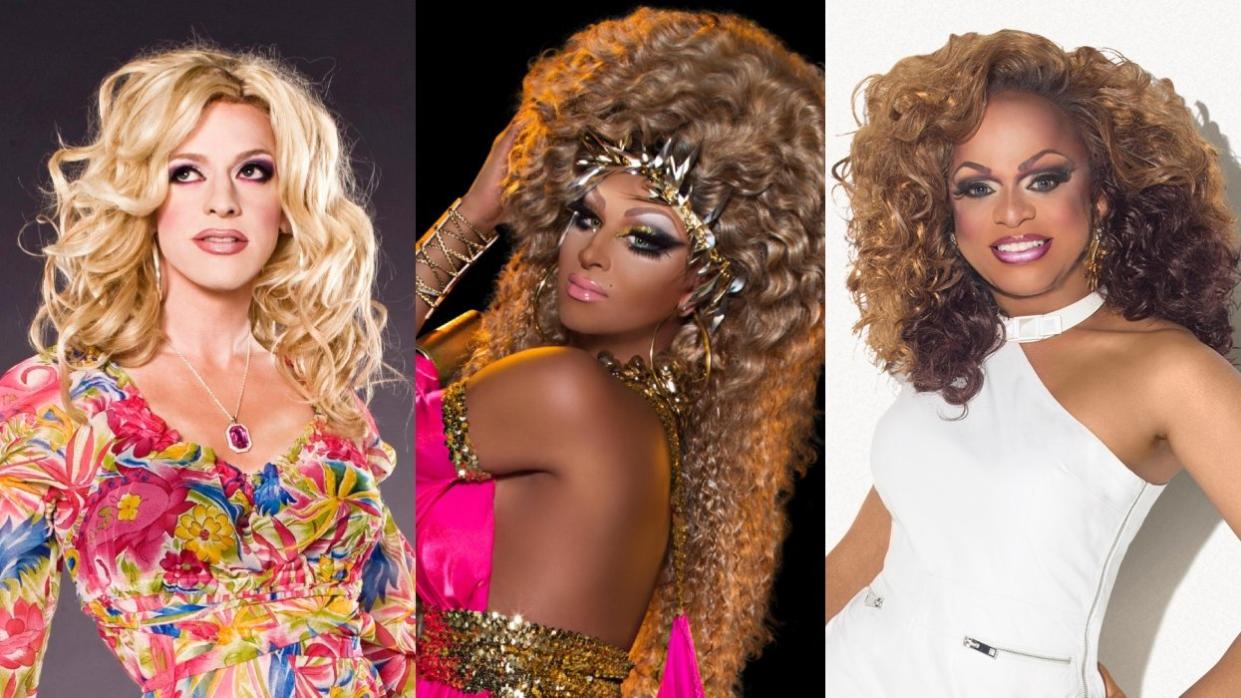
These queens shaped the future of ‘Drag Race’ over the years.
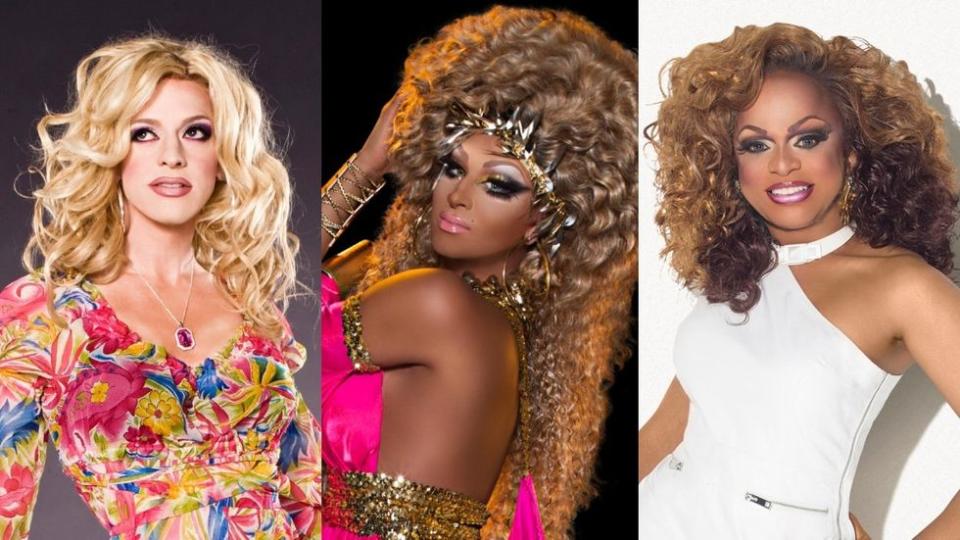
Logo TV
A big element in the art of drag is having your finger on the pulse of culture. From fashion to makeup aesthetics to senses of humor to social media memes to pop culture references, it’s extremely important for most drag performers to be aware of current cultural trends. Over time, we’ve seen a lot of trends come and go on RuPaul’s Drag Race, with each season becoming a time capsule of queer culture during the period of time when it was filmed.
But what’s even more exciting than understanding (and potentially revisiting) these trends is looking back and identifying the Drag Race contestants who were ahead of their time in a particular field. Though these drag performers were often misunderstood, misjudged, and/or outright criticized for what they were doing at the time, we now look back at their Drag Race journeys and can fully understand the boundaries and ideals they were pushing on the show.
Scroll through to find out which queens were ahead of their time on RuPaul’s Drag Race, which is available for streaming on Paramount+.
Shannel (Season 1)
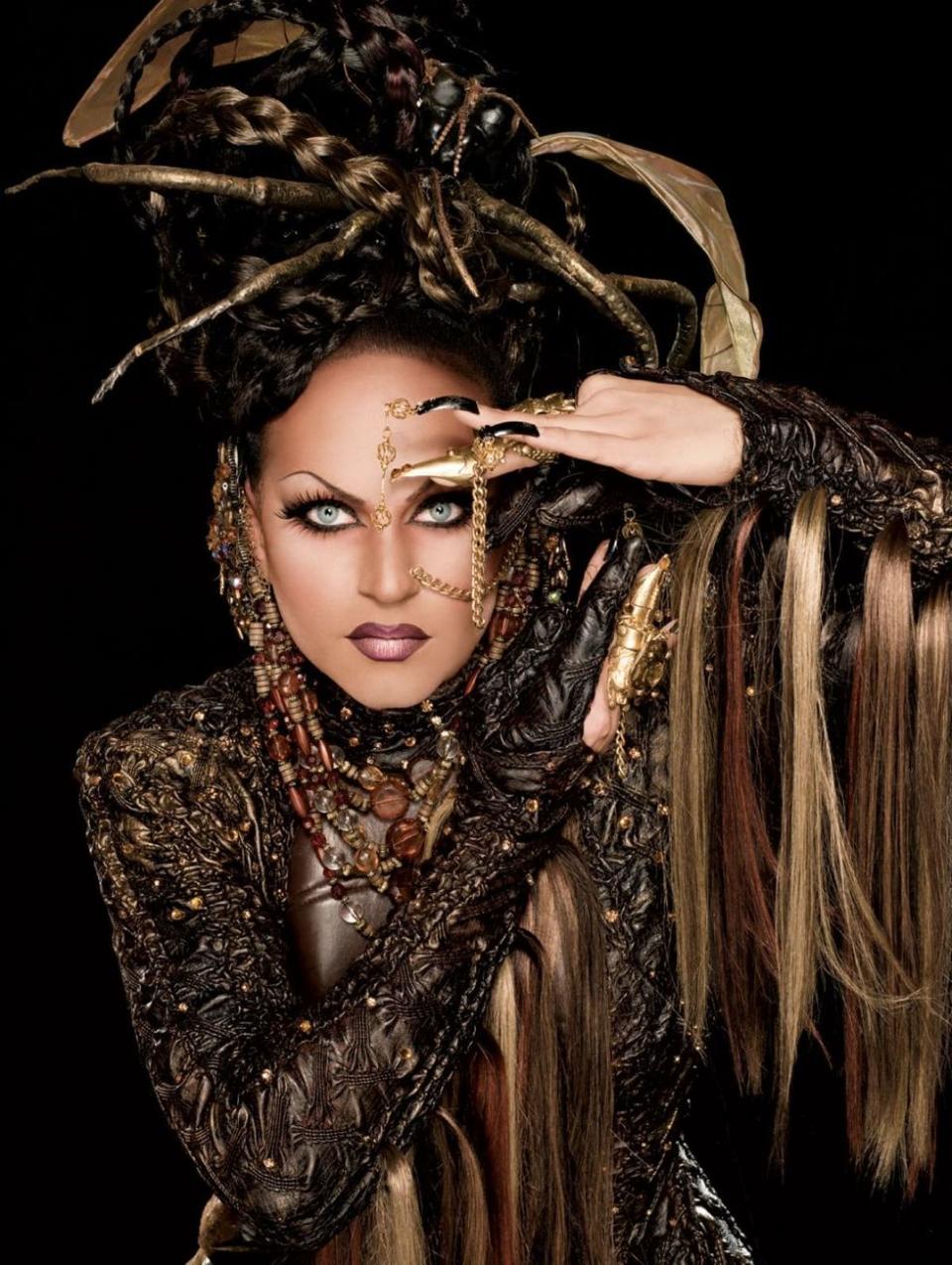
Logo TV
The first-ever season of RuPaul’s Drag Race served as a pilot to prove that the concept for this series was viable and entertaining. So when Shannel wore costumes that had nothing to do with “female illusions,” prepared face charts to ensure that her girl group followed a similar aesthetic, and fought back with the judges for not seeing the artistry in her drag, it did come across as if she was being sort of “diva.” In reality, though, Shannel was already pushing the show, even back in season one, to be about more than just looking like the prettiest model.
Shangela (Season 2)
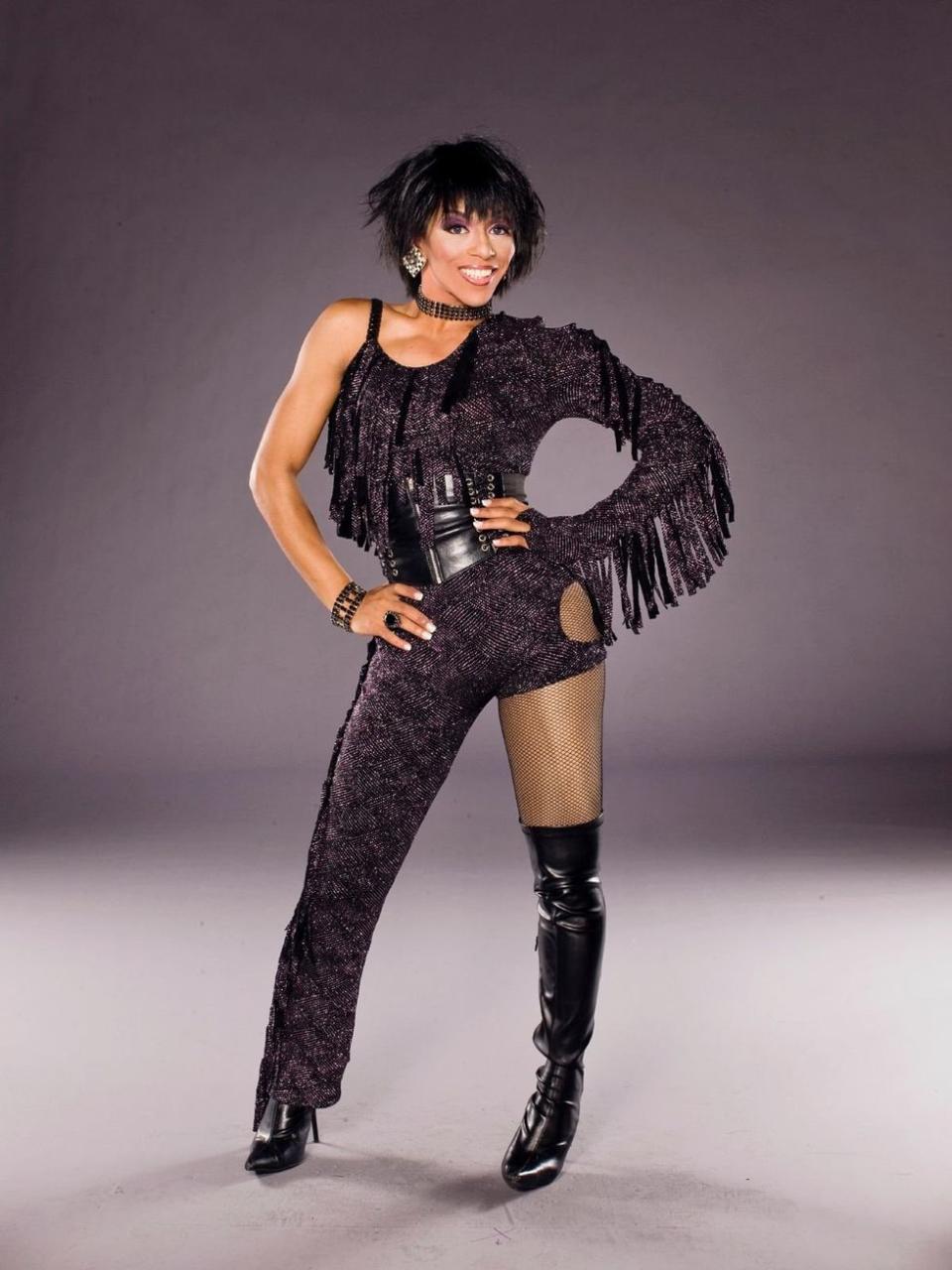
Logo TV
Shangela was eliminated in the first episode of Drag Race season two, but still seized upon that opportunity and elevated her career to new heights. Before coming back to compete in season three, Shangela appeared on TV shows like Detroit 1-8-7, The Soup Awards, Community, and Dance Moms. After season three, her career exploded even further, which outlined a blueprint for queens who wanted to pursue a post-Drag Race career in film and television.
Pandora Boxx (Season 2)
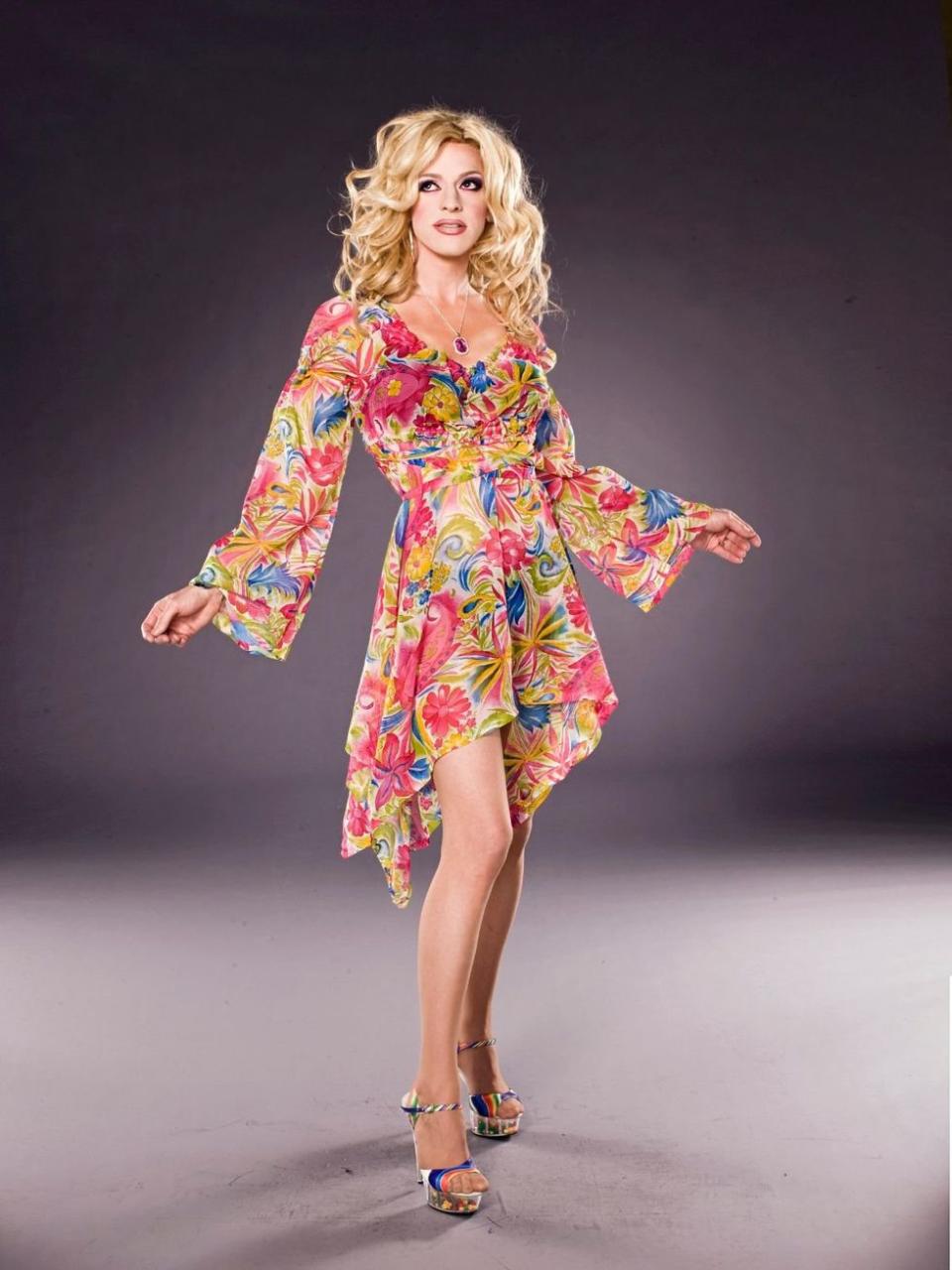
Logo TV
In many ways, Pandora Boxx was the OG comedy queen of the Drag Race franchise. While this is a great thing to credit her for, Pandora had to go through endless negative critiques throughout season two about her fashion aesthetic, all while having her sense of humor and talent completely dismissed as things that the judges just didn’t take into consideration in any way.
Kylie Sonique Love (Season 2)
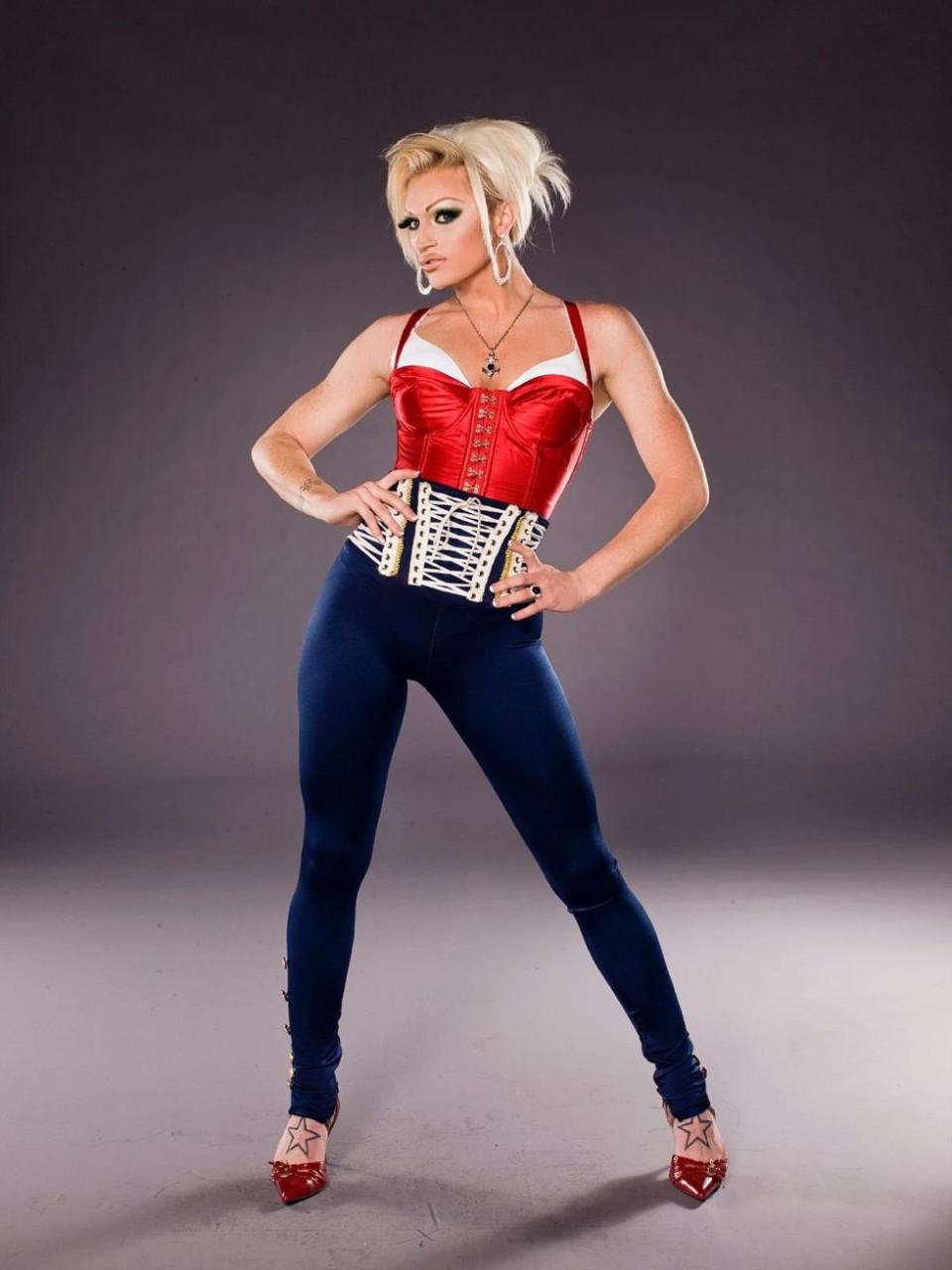
Logo TV
Kylie Sonique Love disclosed that she was a trans woman during the reunion episode of Drag Race season two, becoming the first-ever contestant to do so. This was a truly historic moment not only for the series, but also for the culture, given that there were still many confusions at the time regarding how to differentiate between drag performers (as stage personas/characters) and trans people (as real individuals). In many ways, Kylie was instrumental to kickstart that conversation and encourage more trans inclusion in mainstream media.
Manila Luzon (Season 3)
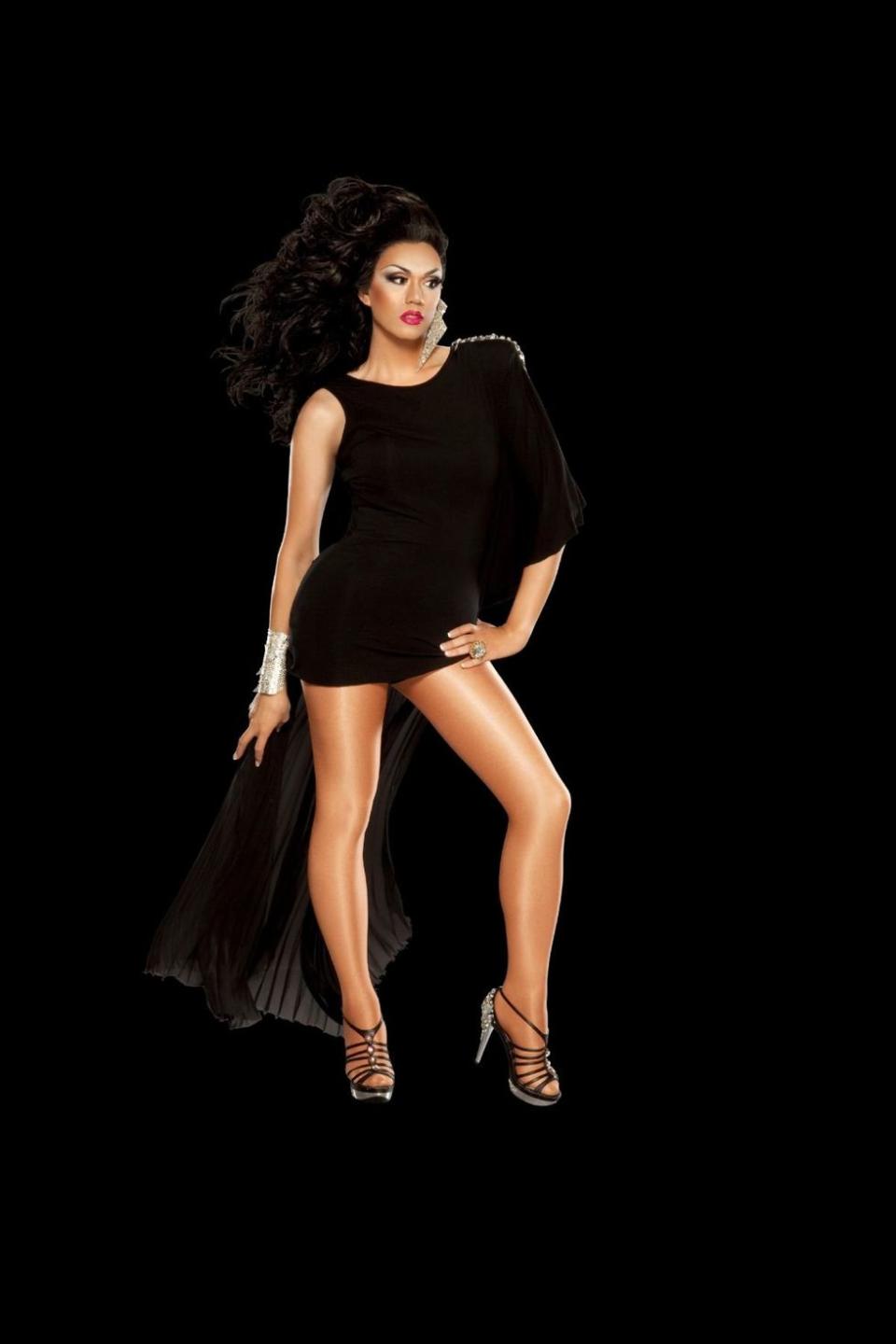
Logo TV
Season three was a landmark period in Drag Race herstory that elevated the fashion aesthetics that would be expected from future contestants. Raja absolutely deserves to receive most of the credit for the gigantic glow-up that Drag Race went through following her appearance – and subsequent crowning – on the show. But a queen that was also ahead of her time was Manila Luzon, who was elevating the campy sensibilities that the series would become known for. While Raja forged a future where Drag Race queens made it onto the pages of Vogue, Manila’s runway looks and lip sync performances proved that drag performers could be bigger-than-life characters while still being popular and mainstream.
Willam (Season 4)
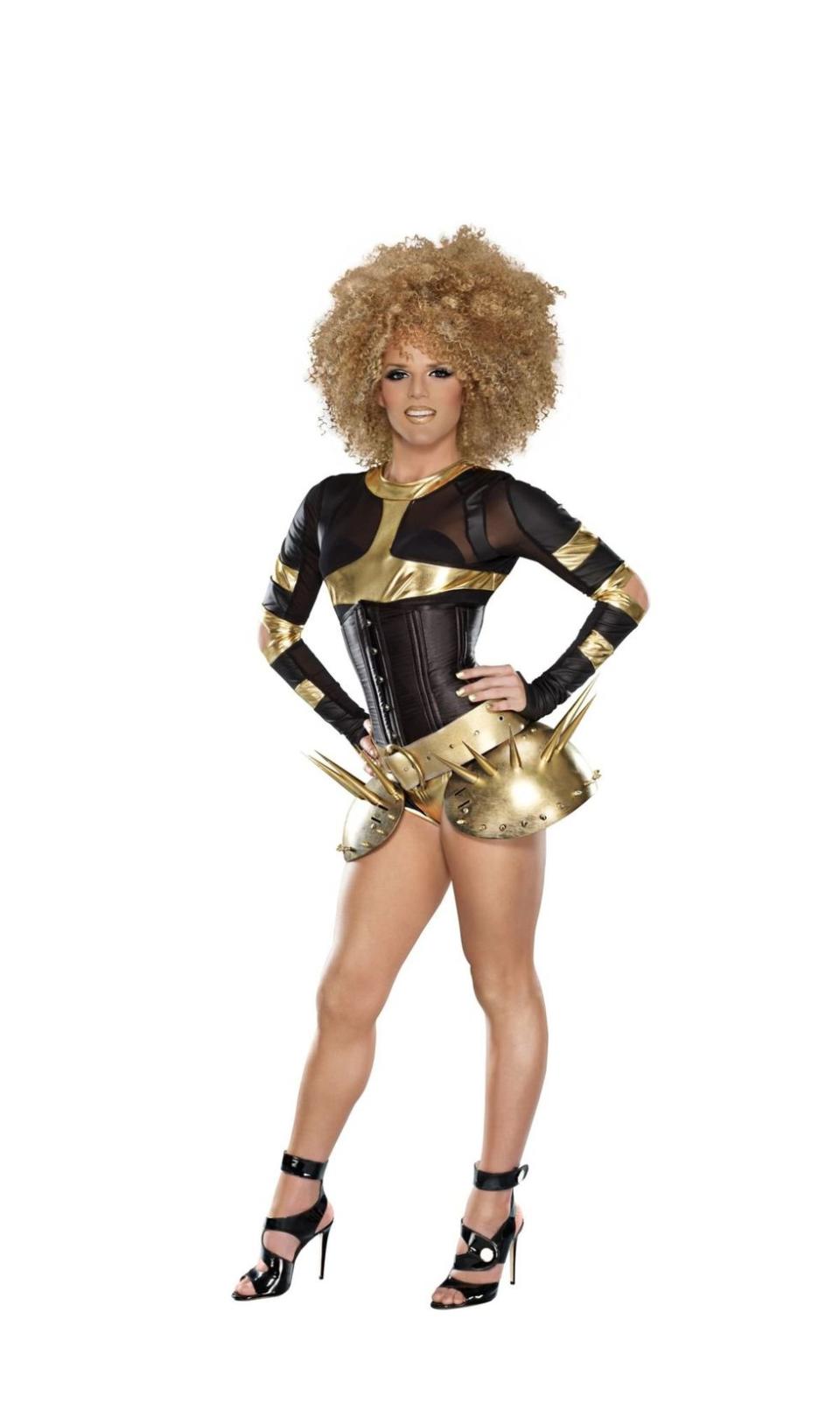
Logo TV
Willam came onto Drag Race as an actor with many past Hollywood experiences on her belt. While some viewers felt like Willam was constantly bragging about being on TV shows, those past experiences helped her shape an archetype of “reality show contestant” that would be very entertaining and truly unforgettable. For instance, Willam has admitted many times that she wanted to get kicked out of the show knowing that being disqualified was an exciting trope for reality competitions. She then returned for the reunion and volleyed back and forth with RuPaul when talking about her “disqualification,” further proving that she knew exactly what she was doing.
Roxxxy Andrews (Season 5)
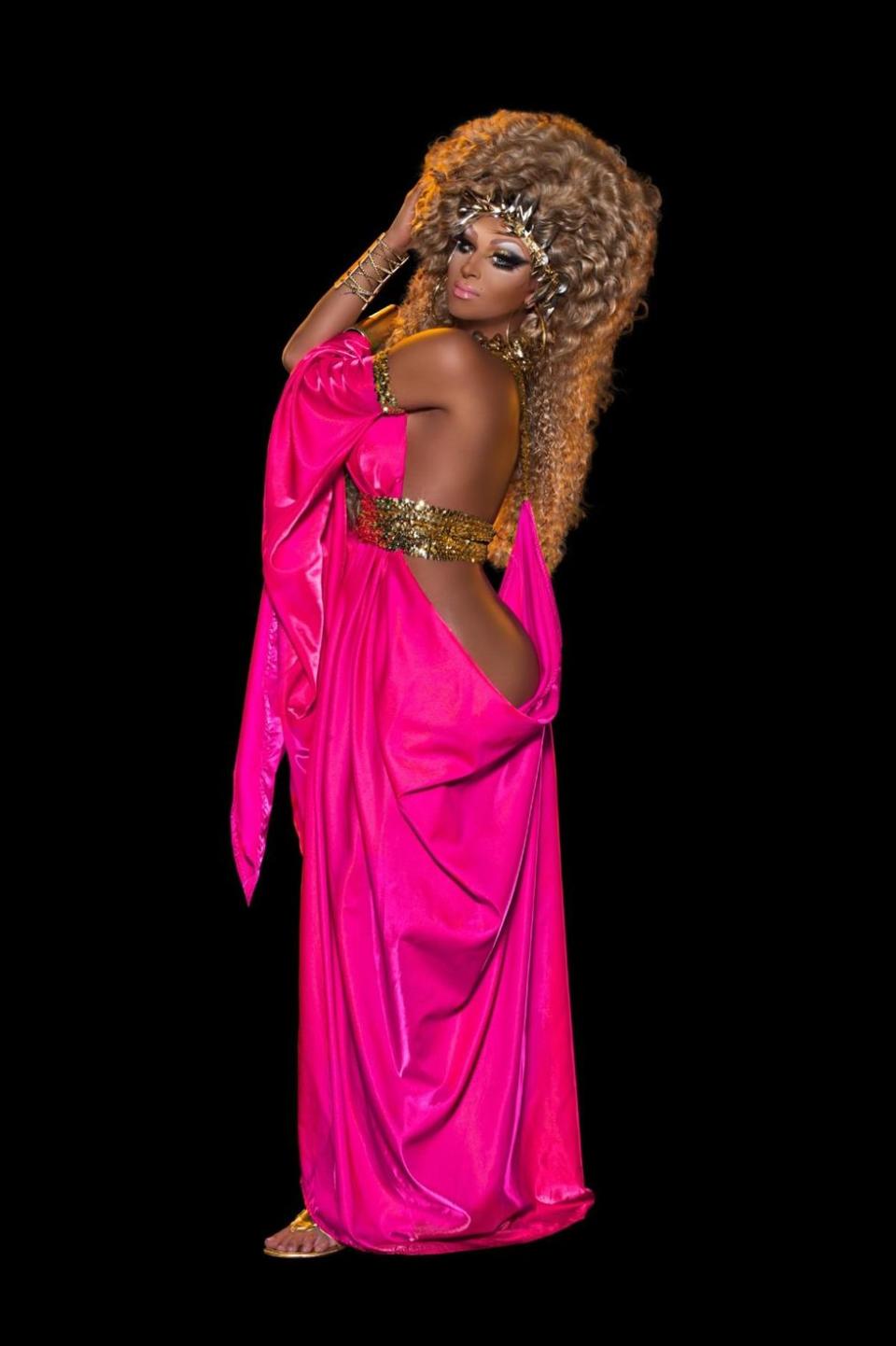
Logo TV
Before Roxxxy Andrews’ wig-under-another-wig reveal in season five, queens were known for getting eliminated if they took off their wigs and showed their out-of-drag hair/scalp. But when Roxxxy reveal a wig under another wig during a lip sync, not only did she have the judges screaming in excitement – she also established a new standard that all contestants are now expected to follow for the rest of time.
Milk (Season 6)
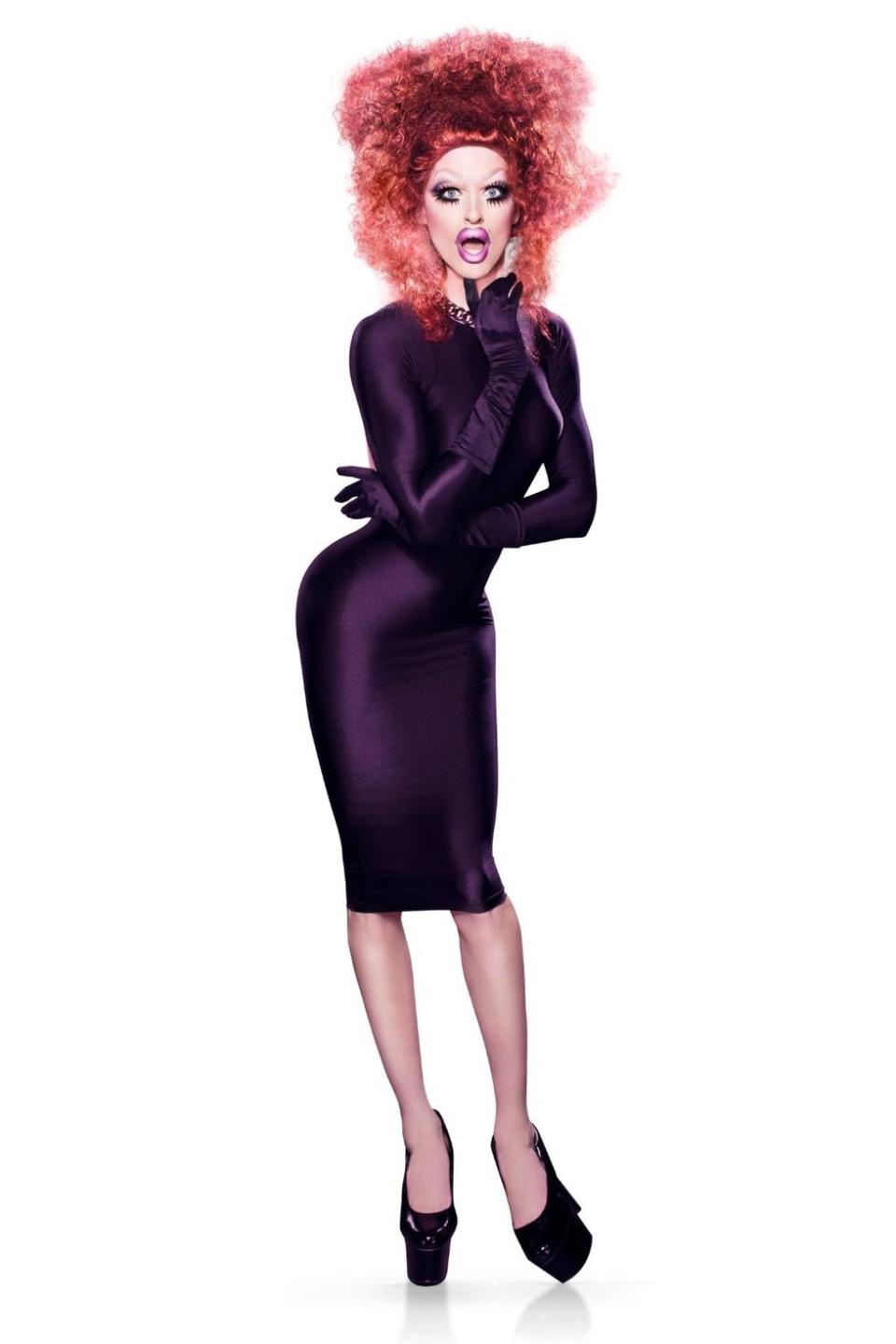
Logo TV
When you think about queens who were misunderstood on Drag Race, Milk’s run in season six is a top-of-mind contender. Milk’s runways included beards, Pinocchio-style noses, pregnant bellies, and even an out-of-drag RuPaul look. She was criticized for those choices week after week in season six, but all of those concepts would now be considered totally normal in a recent season of the show. Milk not only directly inspired certain future challenges on the show, but she was also a living embodiment of RuPaul’s “We’re all born naked and the rest is drag” mantra.
Miss Fame (Season 7)
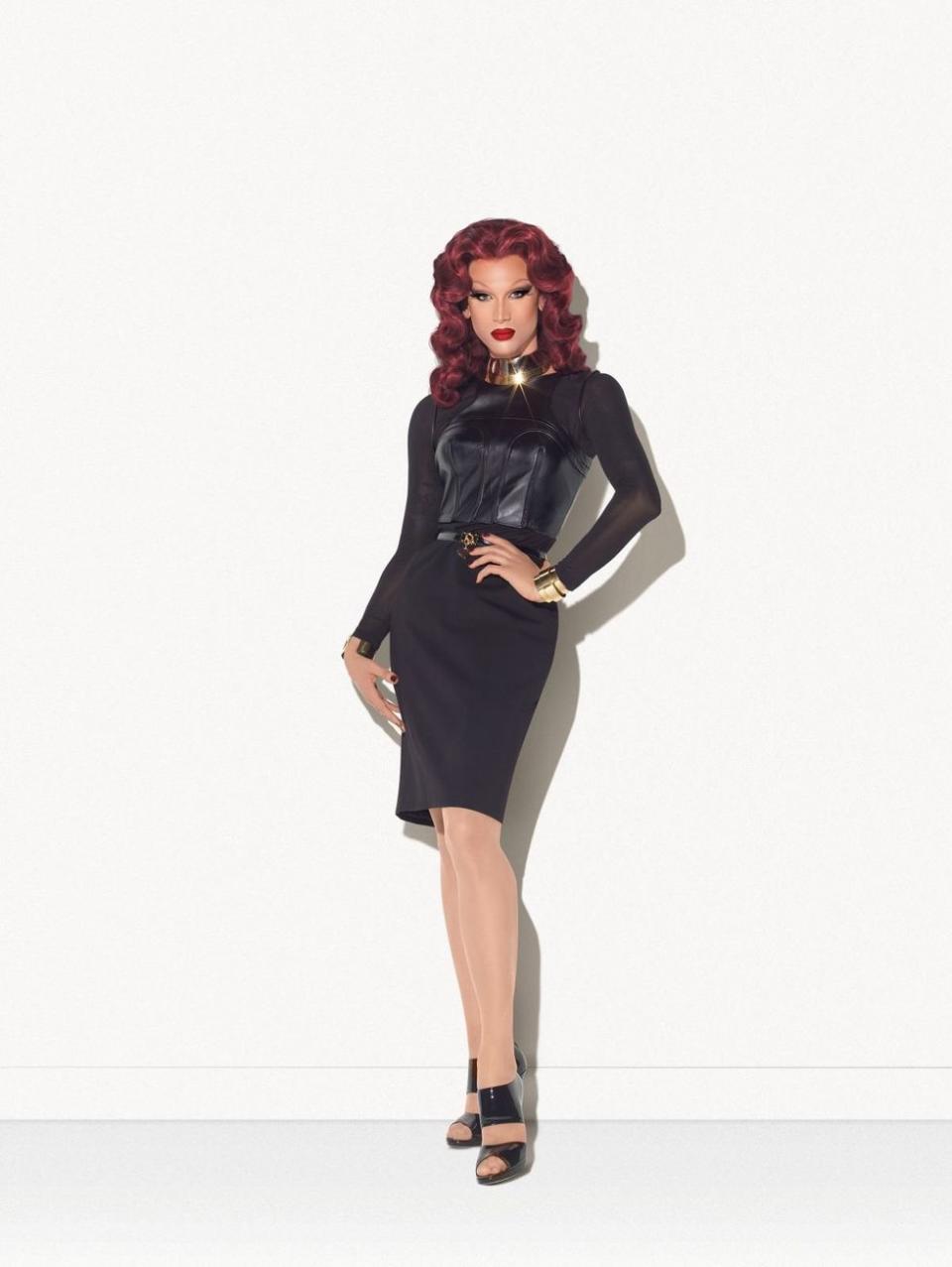
Logo TV
Up until season seven, the most successful people in the Drag Race franchise were queens who toured with their original music, comedy routines, and/or lip sync performances. All of these skills were connected to touring and doing bar gigs. So when Miss Fame talked about herself as a “brand” in season seven and confessed that she didn’t want a career that was based on touring and performing in clubs, it was hard to understand what she meant. Years later, as we’ve watched so many Drag Race alumni attend the Met Gala, get invited to the most prestigious fashion events in the world, be featured in magazines, and launch beauty/makeup companies, one quickly realizes how ahead of her time Miss Fame actually was.
Kennedy Davenport (Season 7)
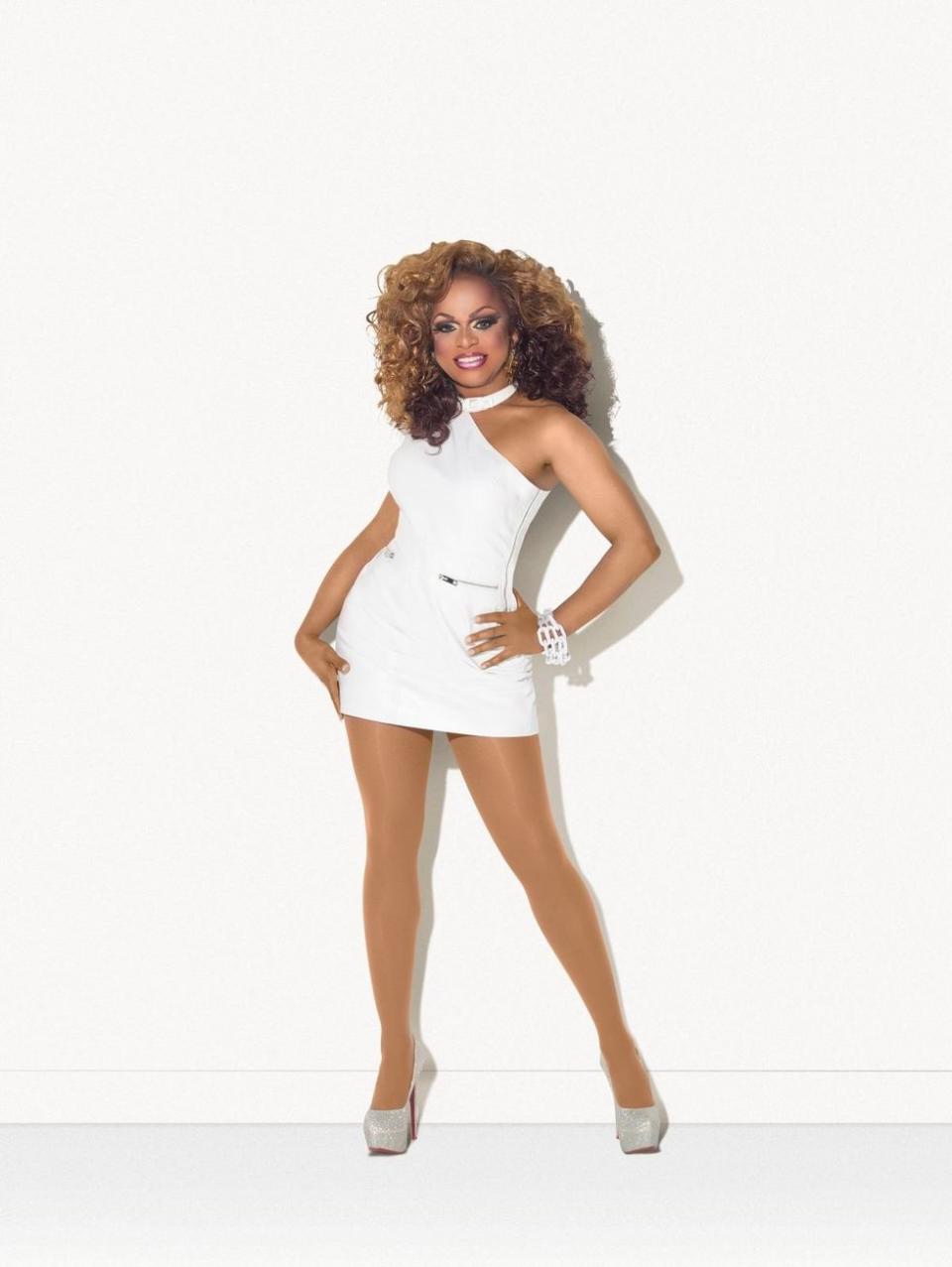
Logo TV
Presenting as a male character during a challenge on Drag Race used to be a death sentence. Namely, Alaska was heavily criticized for playing a male character in an acting challenge, and Milk was read on the runway for dressing up as “werk room Ru” when the category was RuPaul. And yet, it took a pageant queen and dancing diva like Kennedy Davenport to completely smash those assumptions. As she expertly impersonated Little Richard in the Snatch Game (and won that challenge in a tie with Ginger Minj’s Adele), Kennedy proved that contestants could absolutely present as male characters on Drag Race… as long as they were over-the-top, funny, and well-executed.
Kim Chi (Season 8)
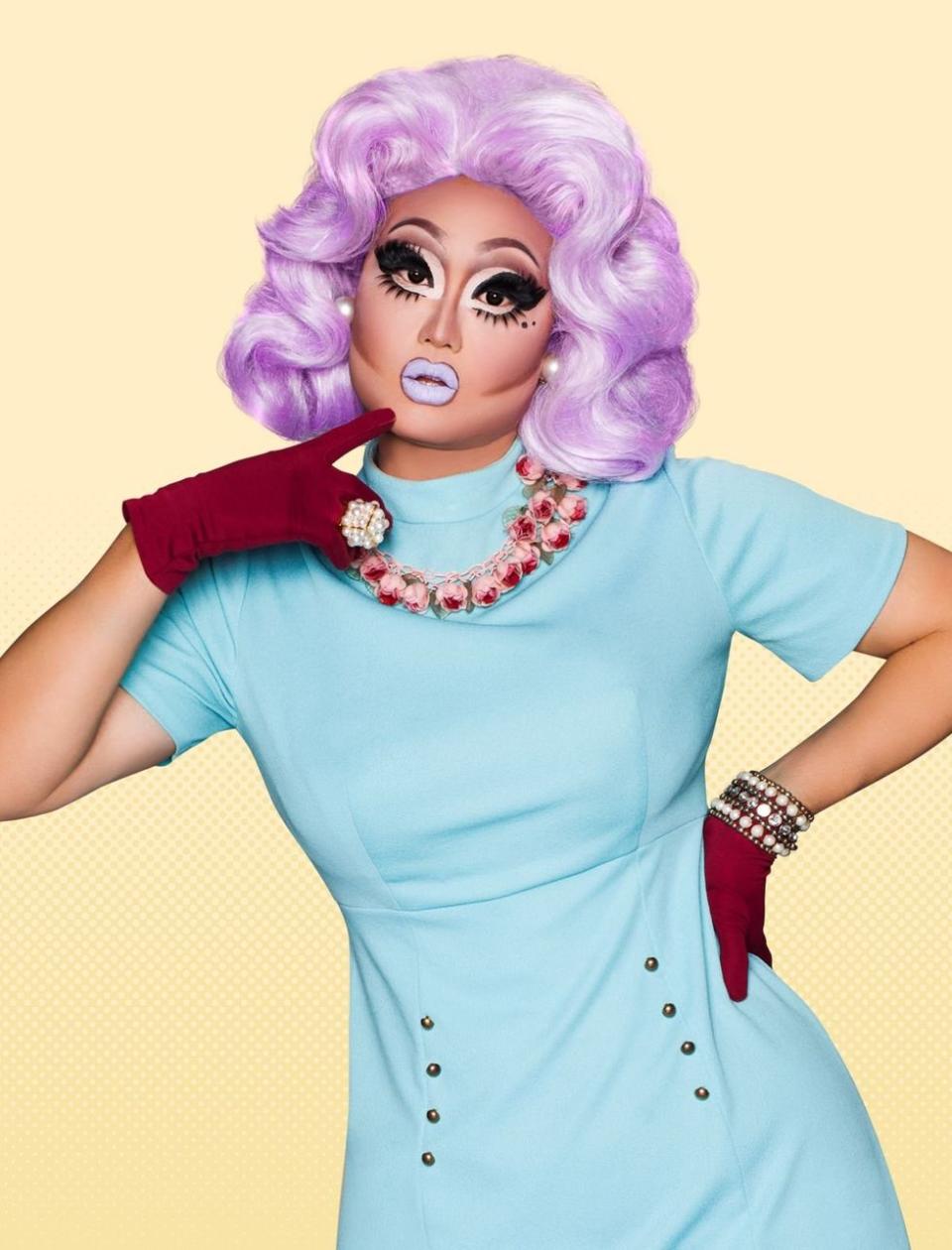
Logo TV
Kim Chi’s makeup skills in season eight were not only impressive for the time, but they’re still impressive even to this day. The level of makeup artistry presented by Kim on the show was truly unparalleled, and it’s still hard to think of that many other examples of queens who can match her concepts and aesthetics. Then, during the grand finale, Kim casually mentioned to RuPaul that she wanted to create her own makeup company, at a time when it was rare for a queen to even get to collaborate with existing beauty brands. Fast-forward to 2023, where Kim runs her own makeup empire and has products selling on physical stores like CVS.
Sasha Velour (Season 9)
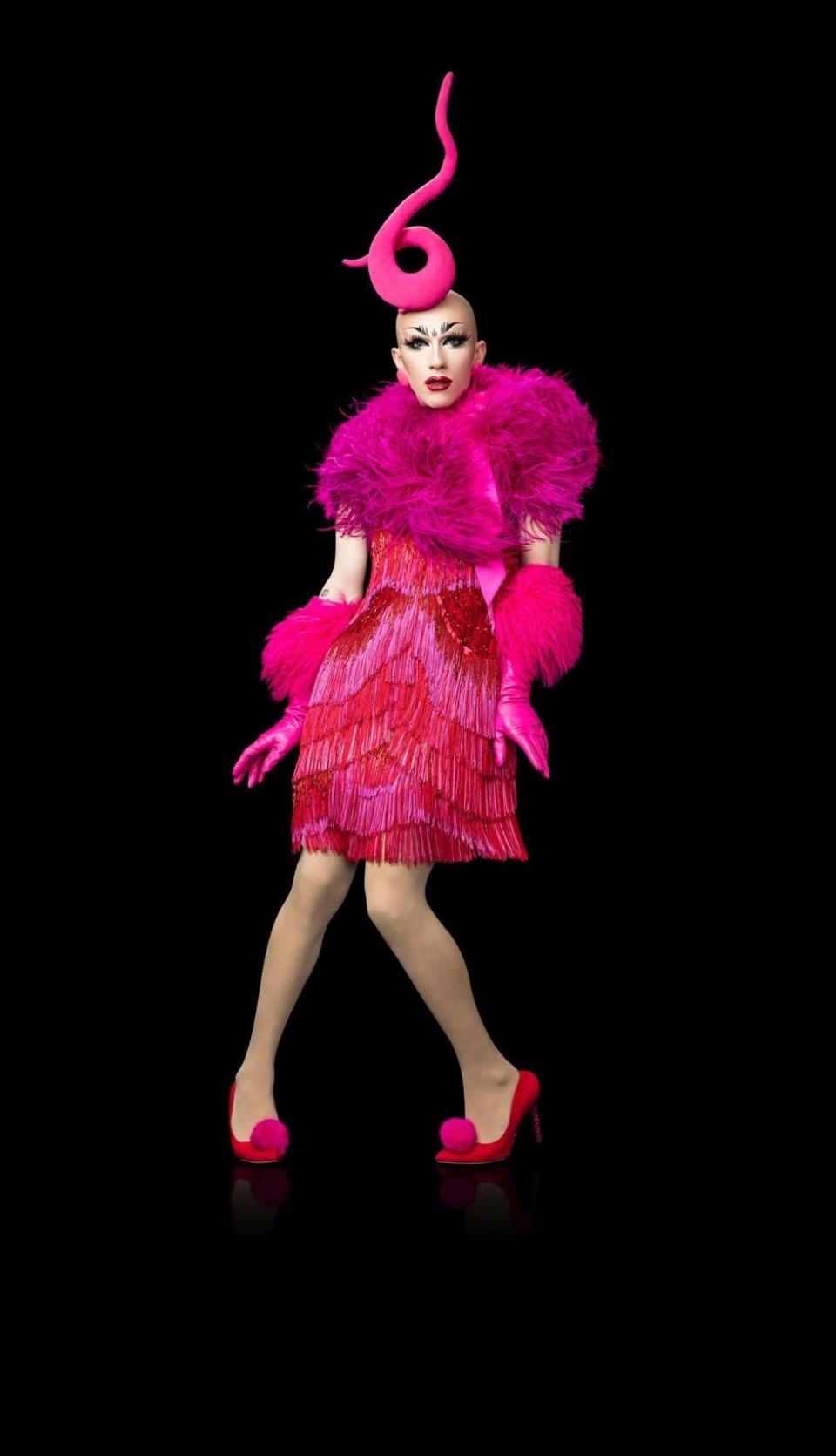
VH1
Fans have gotten a little tired of queens pulling all sorts of weird stunts during a lip sync for the crown in an attempt to replicate what Sasha Velour did in season nine. But that doesn’t mean that credit should not be given to a queen who created one of the most iconic moments in reality TV history. Everything about Sasha was ahead of her time: the fact that she was a bald queen, that she had a unibrow, that she was sometimes “too smart for the room.” But she still managed to interpret every Drag Race challenge through her own lens, got to compete at the grand finale, and ended up redefining what’s expected of a lip sync reveal as she took off her wig and revealed rose pedals coming down to her face.
Vanessa Vanjie Mateo (Season 10)
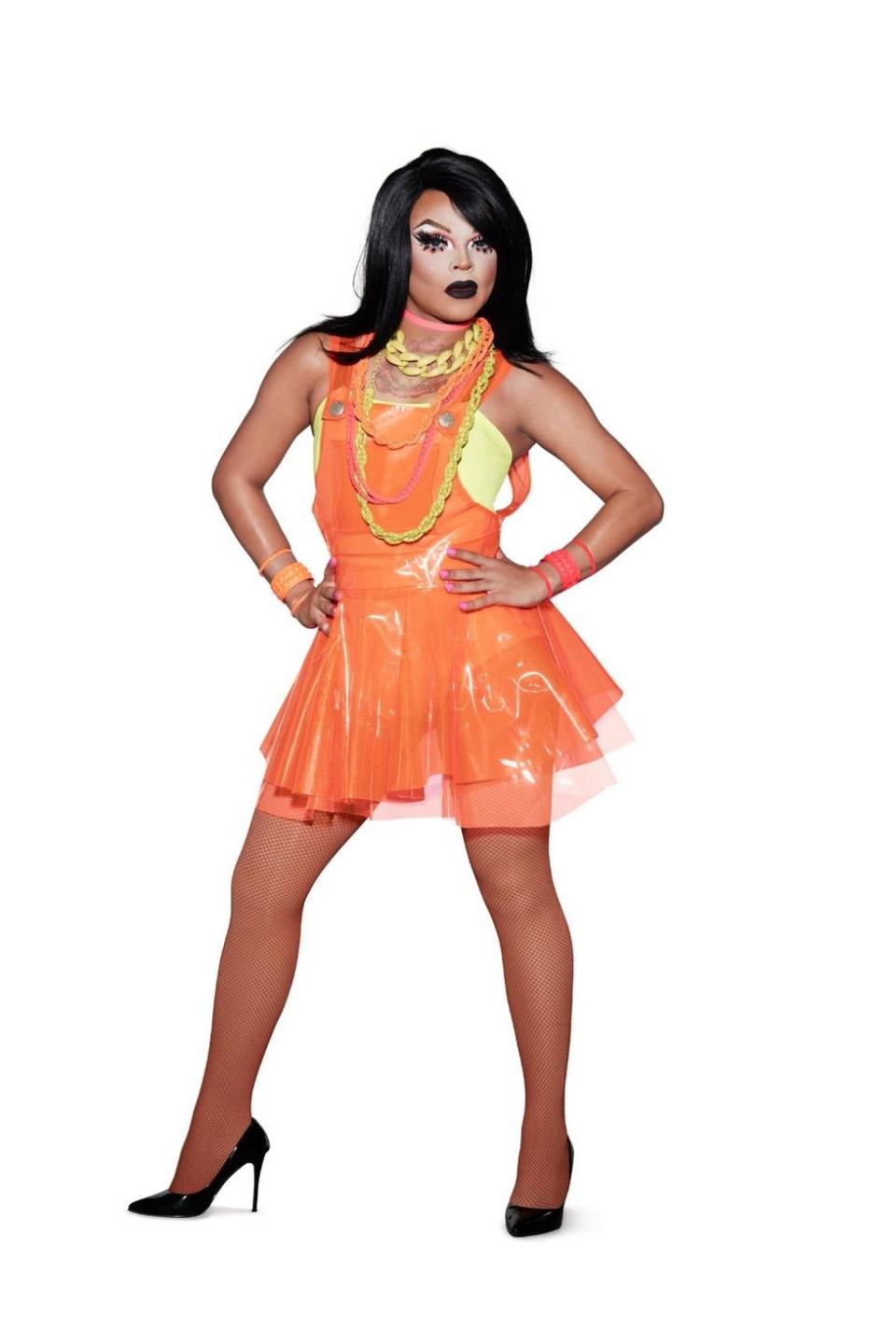
VH1
Even though Vanessa Vanjie Mateo has admitted that her legendary “Miss Vanjie” chant in season 10 wasn’t something that she carefully planned, a lot of credit still goes to Vanjie for at least trying to create a moment out of being the first eliminated queen of a season. Since then, a new standard has been set for queens who go home first (or early). It is entirely possible for a contestant to go home very early and still become an absolute superstar after the show, and creating a meme-able moment like the “Miss Vanjie” exit line can certainly help.
The Vixen (Season 10)
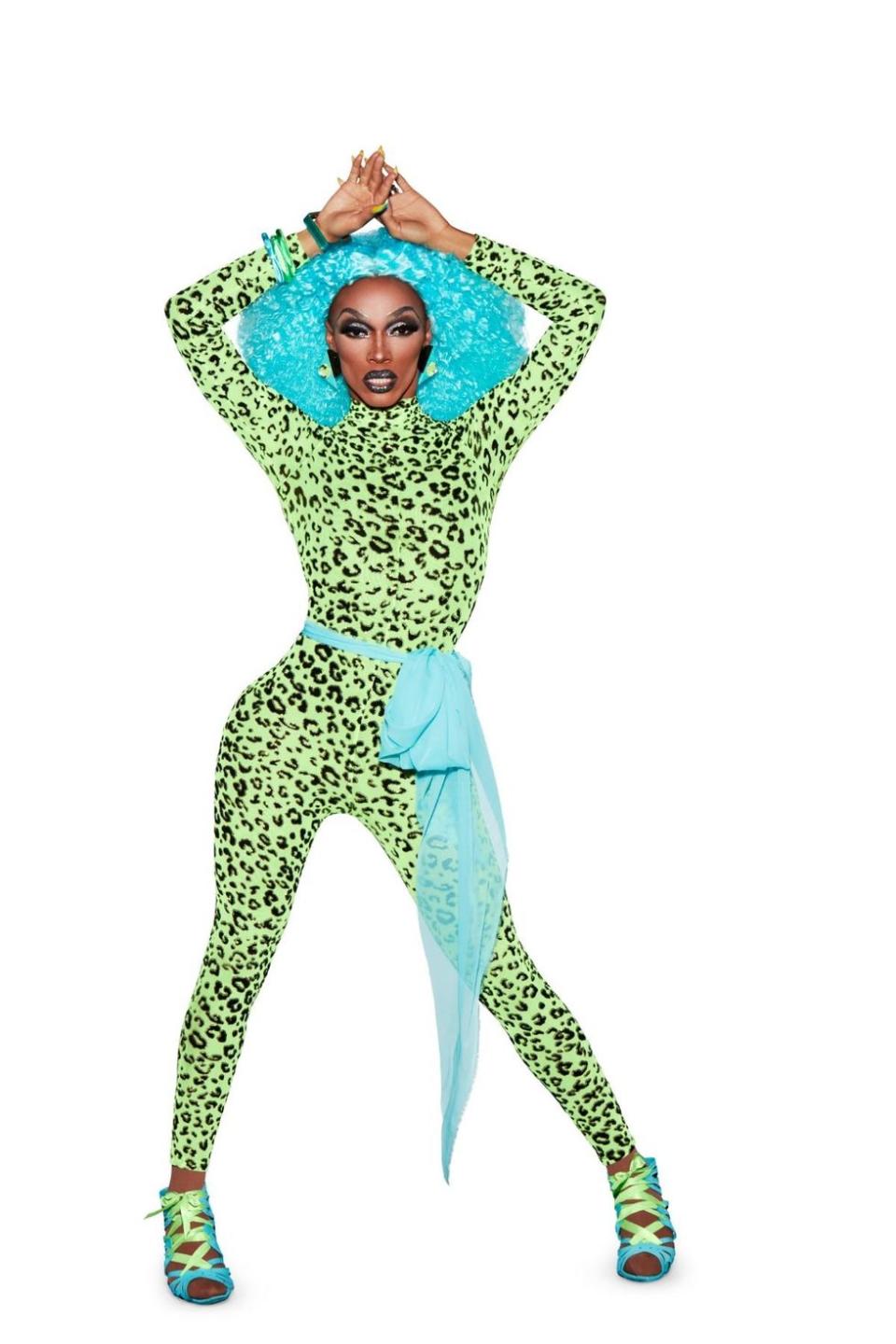
VH1
The Vixen was talking about very important issues in season 10 that unfortunately got lost or were misinterpreted as she dealt with problems with other queens in the competition. Not too long after her appearance in season 10, the rise of the Black Lives Matter movement underscored a lot of points that The Vixen was already bringing up on Drag Race, but that perhaps a section of the audience wasn’t ready to examine yet. Ultimately, The Vixen’s points weren’t just criticisms of Drag Race specifically, but how Black people were often negatively perceived in mainstream media as a whole if they didn’t fit into a certain archetype that made others feel comfortable. While it’s unfortunate that mainstream media was (and still is) behind on such issues, The Vixen’s appearance on the show was incredibly helpful to encourage these conversations.

